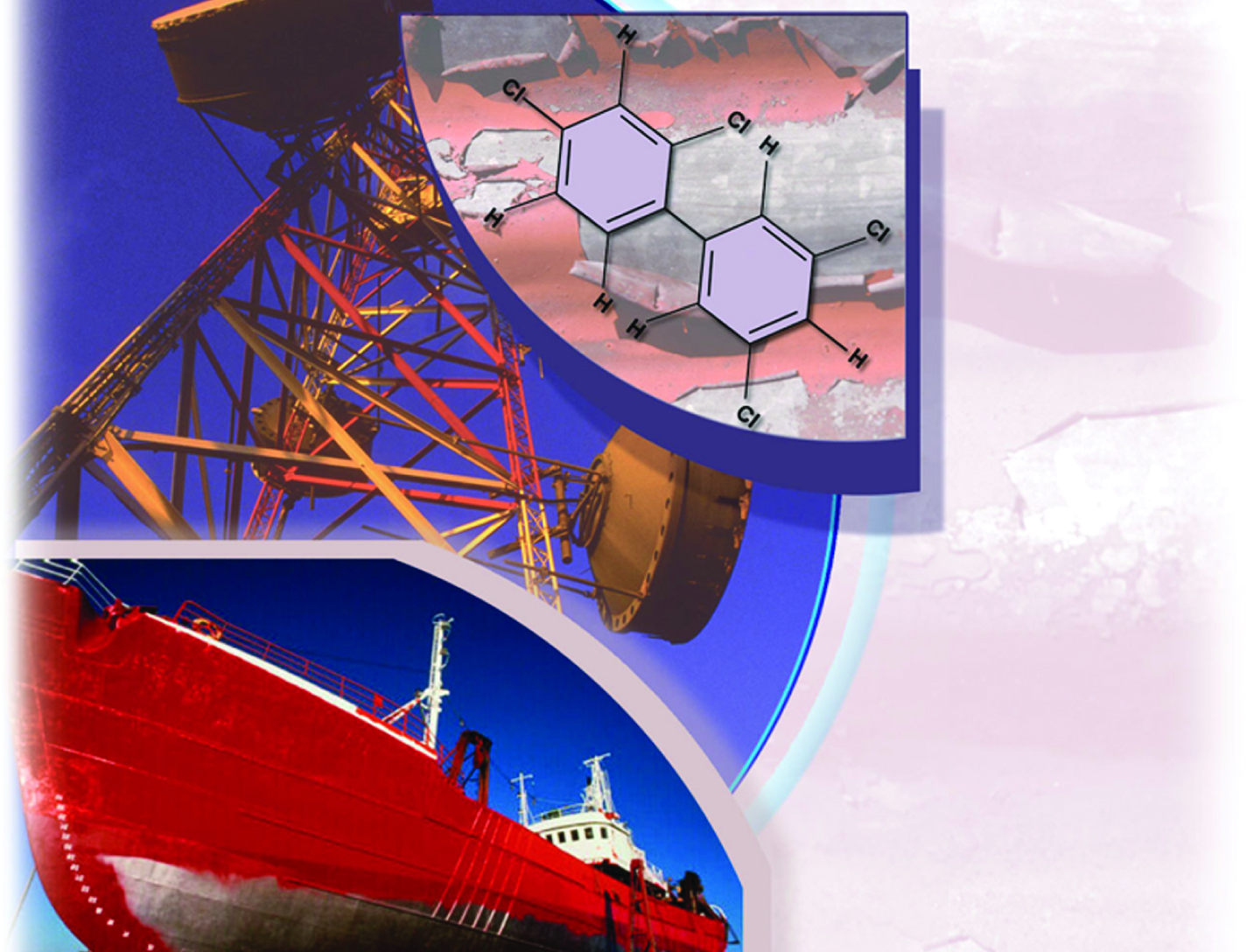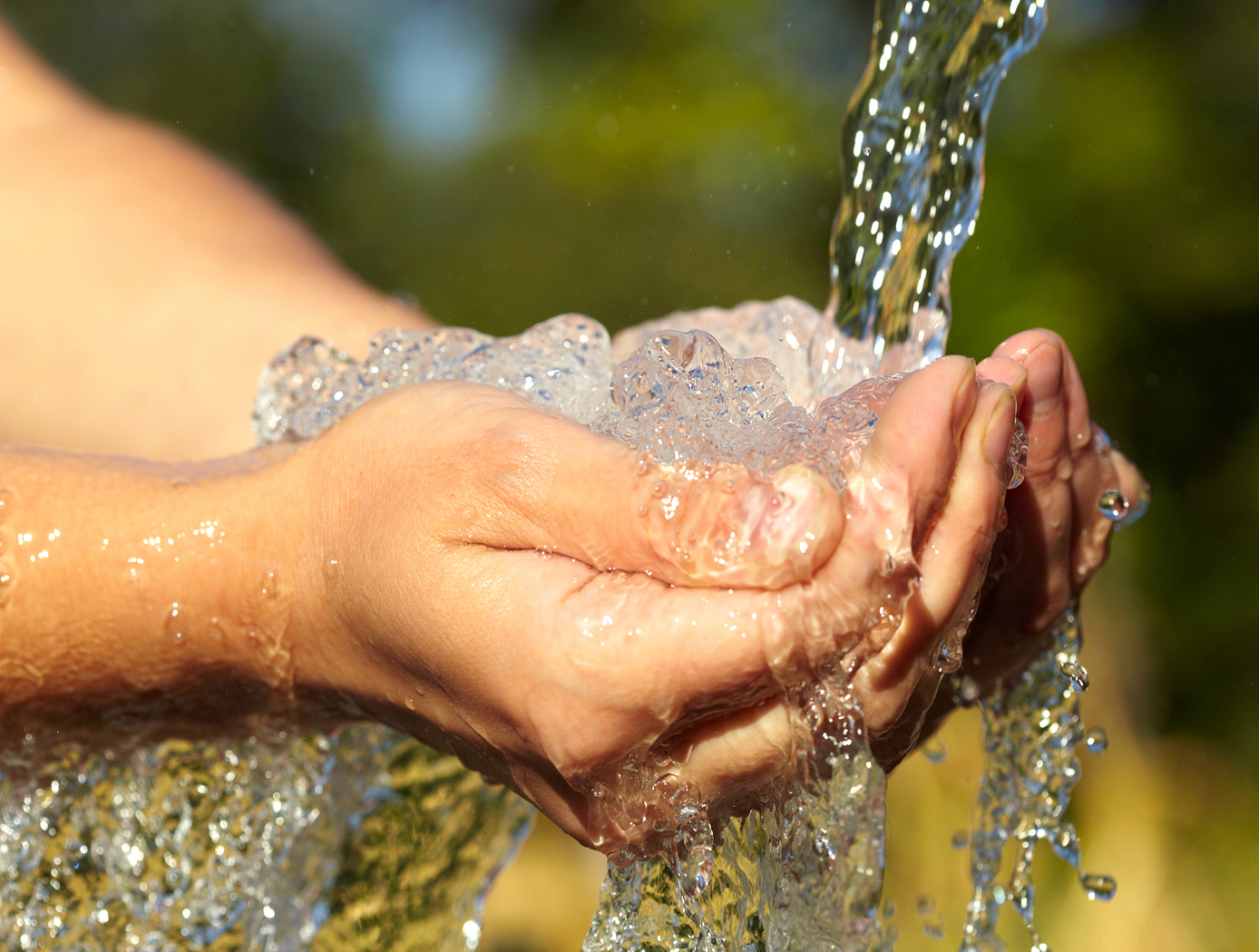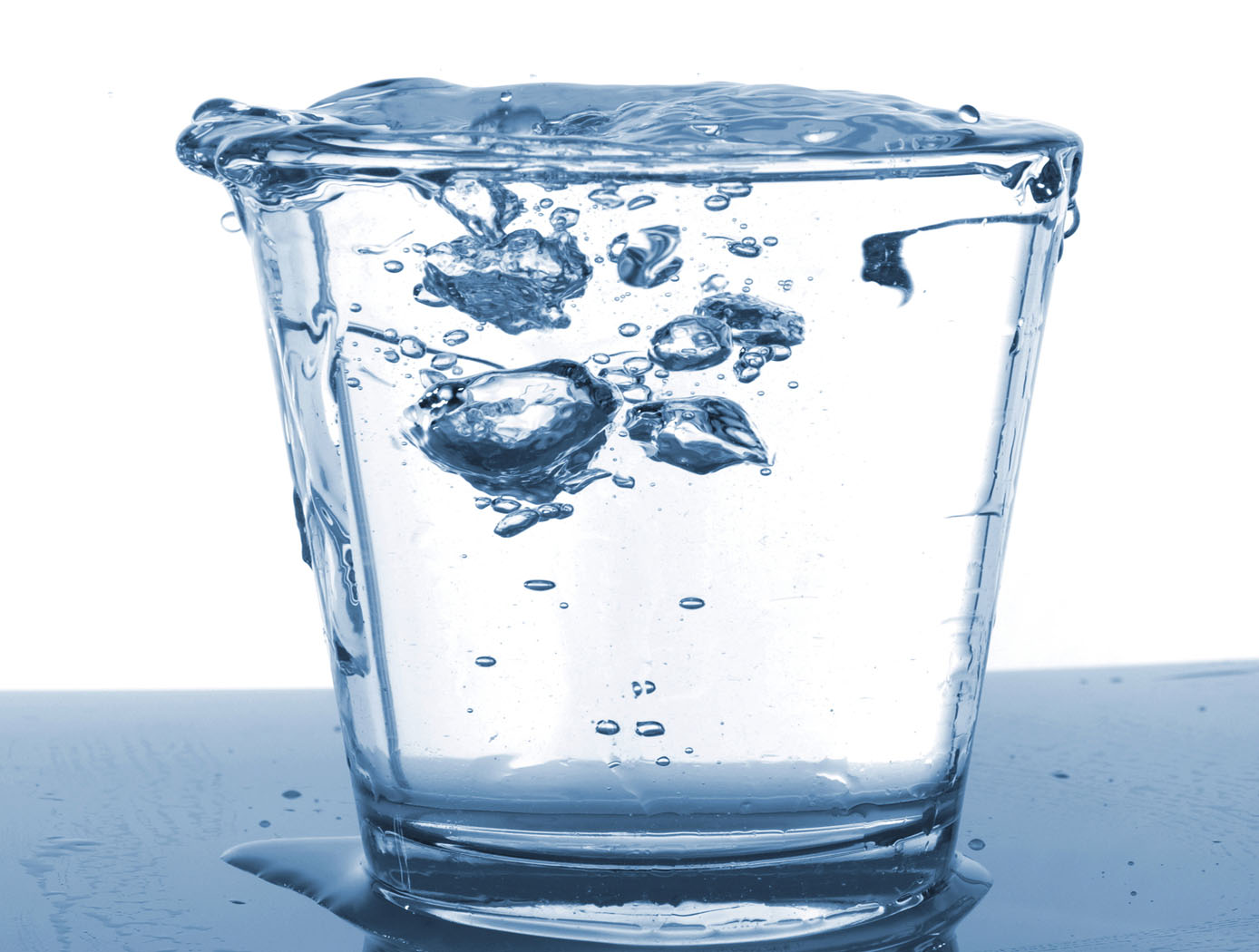Search
environment

Activated Metal Treatment System (AMTS) for Paints
PCBs have been shown to cause cancer in animals and to have other adverse effects on immune, reproductive, nervous, and endocrine systems. Although the production of PCBs in the United States has been banned since the late 1970s, many surfaces are still coated with PCB-laden paints. The presence of PCBs in paints adds complexity and expense for disposal. Some treatment methods (e.g., use of solvents, physical removal via scraping) are capable of removing PCBs from surfaces, but these technologies create a new waste stream that must be treated. Other methods, like incineration, can destroy the PCBs but destroy the painted structure as well, preventing reuse.
To address limitations with traditional abatement methods for PCBs in paints, researchers at NASAs Kennedy Space Center (KSC) and the University of Central Florida have developed the Activated Metal Treatment System (AMTS) for Paints. This innovative technology consists of a solvent solution (e.g., ethanol, d-limonene) that contains an activated zero-valent metal.
AMTS is first applied to the painted surface either using spray-on techniques or wipe-on techniques. The solution then extracts the PCBs from the paint. The extracted PCBs react with the microscale activated metal and are degraded into benign by-products. This technology can be applied without removing the paint or dismantling the painted structure. In addition, the surface can be reused following treatment.
environment

Microwave-Based Water Decontamination System
Bacterial contamination of water systems used in microgravity is a major issue for NASA because biofilms can clog or interfere with water system functions and bacterial ingestion can be harmful to astronaut health. To address this problem, NASA innovators developed a microwave based technology to purify contaminated water by eradicating and eliminating bacteria that grows in systems that generate potable water, in equipment utilizing cooling loops and heat exchangers, and removing bacterial contamination that is present on a variety of surfaces. This decontamination system is chemical free and requires minimal to no consumables.
Initial testing identified a specific microwave frequency band and exposure times for killing bacteria (Burkholderia cepacia) and biofilm. Test results show that exposing static water to microwave energy for 90 seconds can effectively kill waterborne bacteria and biofilm within a water filtration system. Additional testing, using a circulating water test bed, demonstrated that microwave energy at the selected frequency can effectively eradicate waterborne bacteria within 30 seconds. This technology could be further developed into a portable, lightweight system for use in remote locations as well as commercial space applications. The microwave decontamination system could also be added to existing water systems to extend the life of the system.
Environment

Robonaut 2: Hazardous Environments
Robonaut 2 (R2) has the capability of functioning autonomously or it can be controlled by direct teleoperations, which is advantageous for hazardous environments. When functioning autonomously, R2 understands what to do and how to do it based on sensory input. R2's torso holds the control system while the visor holds several cameras that are incorporated into the visual perception system. With these capabilities, R2 can reduce or eliminate the need for humans to be exposed to dangerous environments. R2 also has a very rugged four-wheel base called the Centaur 2. The Centaur 2 base can lower or raise itself to and from the ground and turn its wheels in any direction, allowing it to turn in place and drive forward or sideways. This enables the R2 to enter hazardous areas or tackle difficult terrain without endangering its human operator.
Robonaut 2 as a whole, or some of its components, can be an invaluable tool for land mine detection, bomb disposal, search and rescue, waste recycling, medical quarantined area, and so much more. The suite of technologies provides an ability to manipulate tools to help with a task, or it can tackle many tasks in a row, where a standard robot may not have the dexterity or sensing capability to get the job done. R2 could pick through nuclear waste, measure toxicity levels, and survey areas too remote or dangerous for human inspection. R2 could deal with improvised explosive devices, detect and dispose of bombs or landmines, and operate equipment that can break through walls or doors.
environment
.jpg)
Tool for Rapid Identification of TCE in Plants
Plant uptake of TCE from contaminated groundwater is a well-known phenomenon. During the photosynthesis process, plants metabolize the TCE into a byproduct called trichloroacetic acid (TCAA). TCAA has been found to be a good indicator (or surrogate) molecule for the presence of TCE because it is more stable than TCE in plants. The hyperspectral estimator is being designed to detect TCAA. The method uses a white light that is directed at the surface of a plant's leaf. The interaction between the light and the leaf produces spectral signatures that are captured using a detector. A processor that will be coupled to the detector will compare these signatures to a library/database of signatures known to be indicators of the presence of TCAA (and thus TCE). The figure below on the left shows hyperspectral images captured using the method for leaves dosed with TCE over various time periods. These images are examples of response signatures that will eventually be built into the device's reference library/database. Proof-of-concept testing has shown that the hyperspectral estimator is capable of estimating the presence/absence of TCE in plant leaves with an accuracy of 80%. Efforts are now underway to further improve the accuracy of this method and to prototype the technology. The figure below on the right shows a diagram of the planned device.
Environment

Wastewater Treatment and Remediation
NASA's system was developed for smaller-scale, space-based applications. However, the technology is scalable for larger industrial and municipal water treatment applications. Implementation of the Ammonia Recovery System could significantly reduce nitrogen content from water treatment processes, meaningfully improving the quality of water. This system offers a novel way to reduce nitrogen water pollutants, while allowing for the nitrogen to be collected and reused- reducing environmental and public health risks and providing an environmentally friendly fertilizer option. NASAs environmental solutions work to sustain life on earth through space based technology
The adaptable nature of this system gives it potentially broad applications in a wide variety of industries; it is particularly ideal for on-site remediation of wastewater in places like condo complexes, hotels and water parks. Current methods of ammonia recovery could not meet NASAs mission requirements, so a new process was devised to optimize for high ammonia selectivity, simplicity, low volume , low power usage and zero contaminants in the effluent. To do this, NASA designed a novel regenerable struvite-formation system for the capture of ammonia. This system has three primary functions:
1) Removal of ammonia from wastewater using a media that is highly selective for ammonia
2) Capture of the ammonia for later use (e.g., as a fertilizer)
3) Regeneration of the capture media for reuse in the system
environment

Pre-Treatment Solution for Water Recovery
The pre-treatment solution increases the solubility of calcium in urine brines by reducing the concentration of sulfates. When the solution is properly dosed, it enables biological, physical, and chemical stabilization of flushed urine for storage and distillation up to a steady 87% water recovery, as realized aboard the U.S. segment of the ISS, without precipitation of minerals such as gypsum.
Turning wastewater or seawater into potable water requires three important steps shared by the UPA and Water Recovery System (WRS) aboard the ISS: 1) pre-treatment, 2) distillation or membrane filtration, and 3) transport and storage of potable water and brine. Added during the first step, the pre-treatment solution improves the efficiency of the UPA by reducing the formation of solid precipitates caused by urinary calcium, sulfate ions, and sulfuric acid. This reduction in-turn creates less acidic brines which means more water can be recovered along with less surface scaling and clogging, further increasing recovery. As an added benefit, the solution contains a biocide that prevents the growth of bacteria and fungus, thereby increasing storage time of the treated urine.
Although the pre-treatment solution was developed for the ISSs UPA , the technology can potentially be used on Earth to pretreat contaminated water from organic-laden, high-salinity wastewaters. Adding the solution is a simple process that can be scaled to fit demand. It has the potential to improve water recovery in many applications such as: desalination plants, brackish water treatment, mining water treatment, hydraulic fracturing operations, and more. The pre-treatment solution may also lend itself for use in the transport and storage of wastewater due to the solution's ability to prevent microbial growth.



